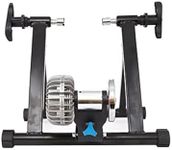We Use CookiesWe use cookies to enhance the security, performance,
functionality and for analytical and promotional activities. By continuing to browse this site you
are agreeing to our privacy policy
Best Smart Bike Trainers
From leading brands and best sellers available on the web.#2

Wahoo Fitness
Wahoo KICKR CORE Direct Drive Bike Resistance Trainer for Cycling/Spinning Indoors, Black
View Product
#3
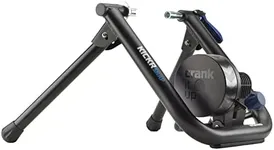
Wahoo Fitness
Wahoo KICKR SNAP Smart Indoor Cycling/Bike Trainer, Black
View Product
#4

ELITE
Elite Turno Indoor Smart Cycle Trainer
View Product
#5
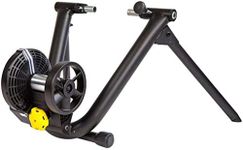
Saris
Saris M2 Wheel On Smart Turbo Trainer for Road and Mountain Bikes Zwift Compatible
View Product
#6
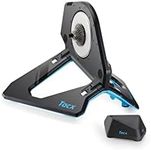
Tacx
Other TacX Neo 2T Smart
View Product
#7

Tacx
TACX Flow Smart Interactive Wheel On Roller Trainer with Compatibility with TACX App, Zwift etc. Up to 800 Watt Resistance and up to 6% Incline. Foldable and Almost Silent Flywheel
View Product
#8
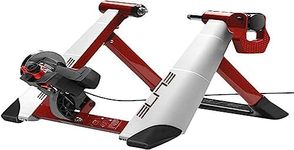
Elite
Elite Novo Force Indoor Cycle Trainer
View Product
#9
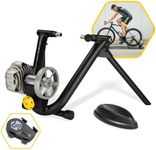
Saris
Saris Fluid² Smart Kit Wheel On Turbo Trainer for Road and Mountain Bikes Zwift Compatible
View Product
#10

Tacx
Tacx Unisex's FLUX 2 SMART Bike Trainer, Black, Uni
View Product
Buying Guide for the Best Smart Bike Trainers
Choosing the right smart bike trainer can significantly enhance your indoor cycling experience. Smart bike trainers are designed to simulate outdoor riding conditions, provide resistance, and connect with various training apps to track your performance. To find the best fit for you, it's important to understand the key specifications and how they align with your cycling goals and needs.Resistance TypeResistance type refers to how the trainer creates resistance to simulate different terrains and riding conditions. There are three main types: magnetic, fluid, and direct drive. Magnetic trainers use magnets to create resistance and are generally quieter and more affordable. Fluid trainers use a fluid chamber to provide a more realistic road feel but can be noisier. Direct drive trainers replace your bike's rear wheel and offer the most accurate and consistent resistance, making them ideal for serious cyclists. Choose based on your need for realism, noise level, and budget.
ConnectivityConnectivity refers to the trainer's ability to connect with various devices and apps via Bluetooth or ANT+. This is important for tracking your performance, participating in virtual rides, and integrating with training programs. Basic trainers may only offer limited connectivity, while advanced models can connect to multiple devices and platforms simultaneously. If you plan to use apps like Zwift or TrainerRoad, ensure the trainer has robust connectivity options.
Power AccuracyPower accuracy measures how precisely the trainer can measure your power output, usually expressed as a percentage. High power accuracy is crucial for serious training and performance tracking. Trainers with an accuracy of +/- 1% are considered very precise, while those with +/- 5% are less so. If you're a competitive cyclist or training for specific goals, opt for a trainer with higher power accuracy.
Noise LevelNoise level is the amount of sound the trainer produces during use. This is particularly important if you live in an apartment or shared space. Direct drive trainers are typically the quietest, followed by magnetic trainers, with fluid trainers being the loudest. Consider your living situation and how much noise you can tolerate when choosing a trainer.
CompatibilityCompatibility refers to whether the trainer can accommodate your bike's frame and wheel size. Most trainers are compatible with a wide range of bikes, but it's essential to check if your specific bike fits. Some trainers also require specific adapters for certain bike types. Ensure the trainer you choose is compatible with your bike to avoid any issues.
PortabilityPortability is the ease with which you can move and store the trainer. If you have limited space or plan to travel with your trainer, look for models that are lightweight and foldable. Direct drive trainers are generally heavier and less portable, while magnetic and fluid trainers are more compact and easier to move.
Max ResistanceMax resistance is the highest level of resistance the trainer can provide, usually measured in watts. This is important for simulating steep climbs and intense workouts. Trainers with higher max resistance are better suited for advanced cyclists who need challenging workouts. If you're a beginner or casual rider, a lower max resistance may be sufficient.

